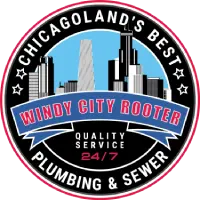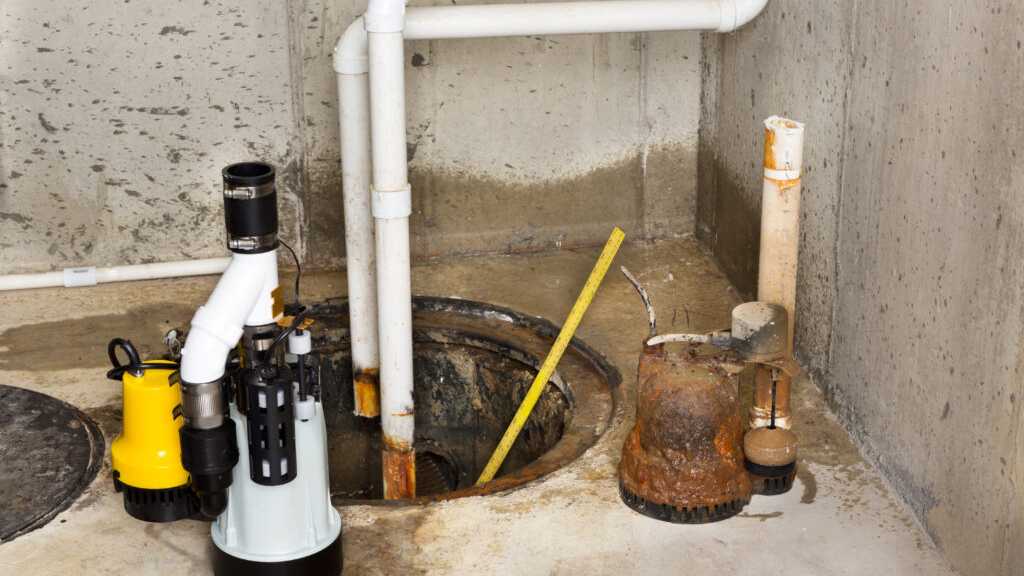If you are looking to install a pump for your basement or crawl space, you may be wondering what the difference is between an ejector pump vs. a sump pump. An ejector pump and a sump pump both work to remove wastewater from the area, but they do it in different ways. In this blog post, we will discuss the differences between an ejector pump and a sump pump so that you can make the best decision for your home.
What is an Ejector Pump?
An ejector pump is typically used to move water and waste out of areas where gravity can’t. This type of pump is usually installed in sewer lines or drains to move wastewater away from the home. It is also commonly used to empty septic tanks. These pumps use pressure to push wastewater through pipes and up inclines. They are often used when gravity-fed drains cannot reach certain areas due to height restrictions or other obstacles.
What is a Sump Pump?
A sump pump works differently than an ejector pump by using suction power instead of pressure power. These pumps are typically installed in the lowest point of a basement or crawl space and collect water from rain, flooding, groundwater runoff, or other sources of standing water that accumulates in these areas over time. The sump basin collects all of this water until it reaches a certain level, at which point the motor inside the sump pit turns on and pumps all of the collected water out away from your home’s foundation into an area where it won’t cause damage (such as a dry well).
Sump pumps can be powered either by electricity or battery backup systems — like those found in many homes — ensuring that your home is protected even during power outages caused by heavy storms or flooding events.
Ejector Pump vs. Sump Pump: Main Differences
- Ejector pumps use pressure while sump pumps use suction
- Ejector pumps are usually used to move wastewater uphill while sump pumps work with gravity
- Ejector pumps are usually installed inside buildings while sump pumps are installed outside
- Ejectors require more maintenance than sumps
- Sumps require electricity or battery backup systems for operation
- Sumps can detect when there’s too much standing water, while ejectors rely on manual activation
Should you have both?
While it is not necessary for all homeowners to have both types of pumps installed, having both could mean better protection for your home during potential flooding events or heavy storms. They have entirely different functions, so having both could be beneficial. It’s important to consult with an experienced professional before making any decisions about which type of pump would be best for you.
Conclusion
All in all, ejectors and sumps can provide effective solutions when you need help getting rid of unwanted standing water. Each have their own specific uses and advantages that should be taken into consideration before making any decisions about which one will work best for you and your living space! So, if you’re unsure which type of system would be better suited for your needs, remember to call Windy City Rooter! That way you can make sure that whichever solution you choose will adequately protect your home against potential flood damage and sewer waste! Don’t forget to check out our Google reviews!



